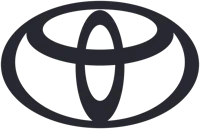Sound Dome
Szervezés:
Sound Dome
What is a sound dome?
This question can be answered quite literally: a dome-cupola, which emits sounds. But it is more than just that. Our sound dome is also a projection screen with a sound system behind it. Anyone sitting in the middle will hear sounds coming from all directions. The world of sounds is evoked here starting with those of nature to composed music but the experience visitors have here expands beyond this dimension. This dome is also a laboratory producing new sounds: alchemy at the highest level. It is a unique creation with unforeseeable potential.
It is worth returning here from time to time and making new discoveries. The first show conveys the sounds and images of the Carpathian Basin from unique audio and visual perspectives.
The 360-degree dome is also a projection screen, and the 27.4-channel ambisonic sound system is located behind it. Here, those who sit in the middle of the square can turn their heads! The sound world comes to life, from the sounds of nature to composed music. This is a laboratory for the production of new sounds, alchemy at its highest level. A unique creation, its possibilities are unimaginable. You have to come here from time to time to learn about the latest discoveries.
Legend
 - Classic
- Classic
 - Contemporary
- Contemporary
 - Electronic
- Electronic
 - Abstract
- Abstract
 - Film
- Film
 - Animation
- Animation
 - child
- child
DOME_LIVE
The DOME_LIVE series of programs of the Hungarian House of Music dedicates an evening every month to present new audiovisual performances. During the evenings, the audience can see live instrumental or electroacoustic concerts, usually supplemented with visual material, or a premiere screening of the content produced here.
Rock Troubadours (US, 70s): CSNY, Neil Young, Joni Mitchell, Leonard Cohen, Van Morrison, Roy Harper
SOUND DOME OPENING HOURS
Monday closed (and closed on the first Tuesday and Wednesday of each month)
Tuesday, Wednesday, Thursday, Saturday, Sunday 10 AM to 6 PM
Closing of the ticket office and last screening: 5.00 PM
Friday 10 AM to 8 PM
Closing of the ticket office and last screening: 7.00 PM
ARRIVAL
We can't deviate from the Hangman screening order, so if the group is 10-15 minutes late, unfortunately we can't let it in. Please take this into account and thank you for your understanding.
WARDROBE
The use of the cloakroom is free of charge and is obligatory for visiting exhibitions and events. Luggage, backpacks of any size, umbrella and bag are mandatory in the locker room. The exhibition and screening room will close at 6pm on Tuesdays, Wednesdays, Thursdays, Saturdays and Sundays, with ticketing and admission closed at 5:30 p.m. Please leave the area when the closing colleagues show up and visit the cloakroom by 18:00 at the latest if necessary.
During the summer, the cloakroom is not open, you can use the lockers on level -1 for your luggage.
PARKING
With the ticket redeemed online, the first two hours of parking in the Museum Underground Garage are free on the day of the visit. Please validate your parking tickets at the information desk of the House of Music Hungary.
Warning of the risk of photosensitivity attacks
A small percentage of people may experience seizures due to certain visual images, including flashing lights and patterns that appear as part of the show.
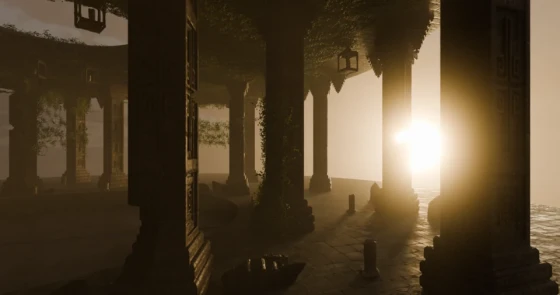
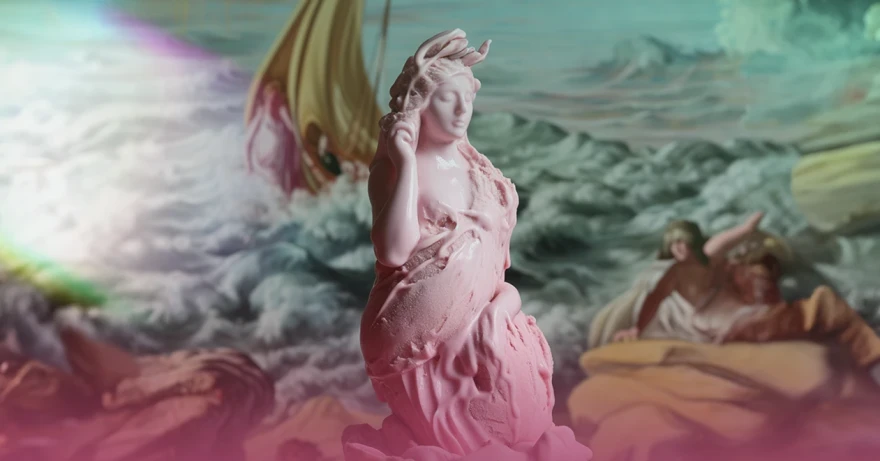

-webp.webp)
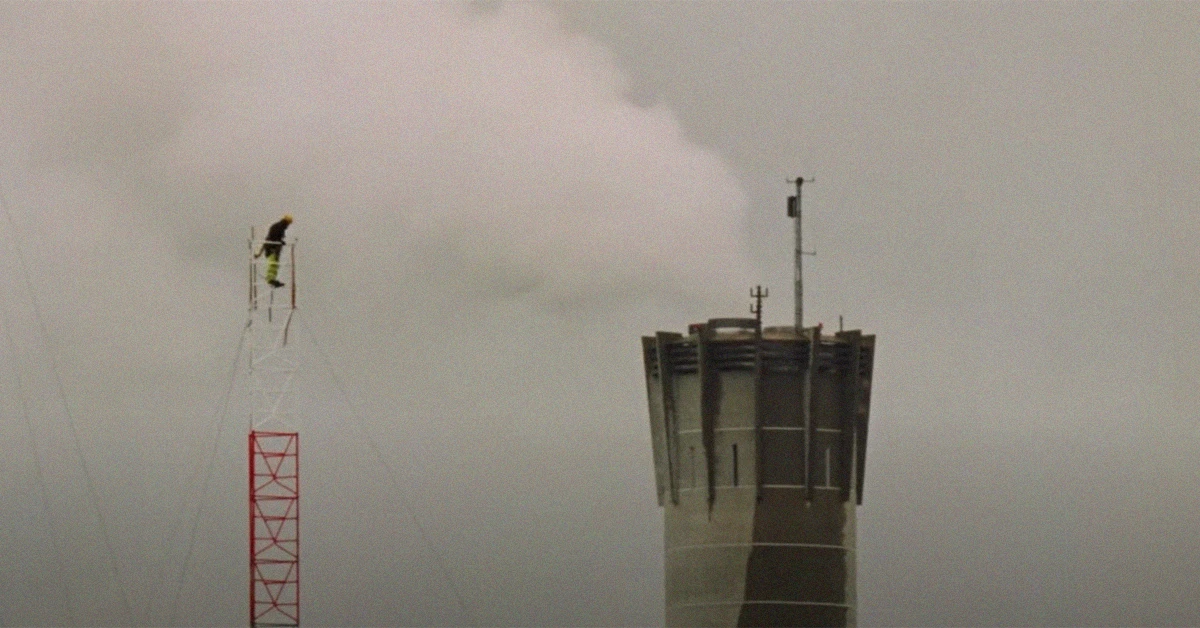
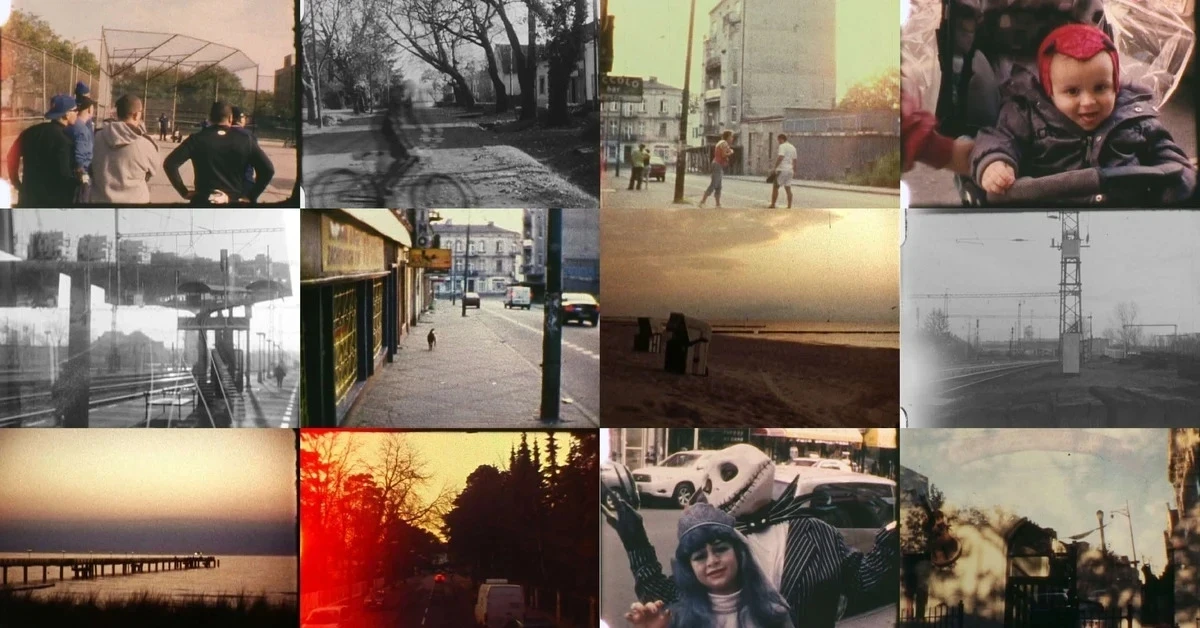
-webp.webp)


